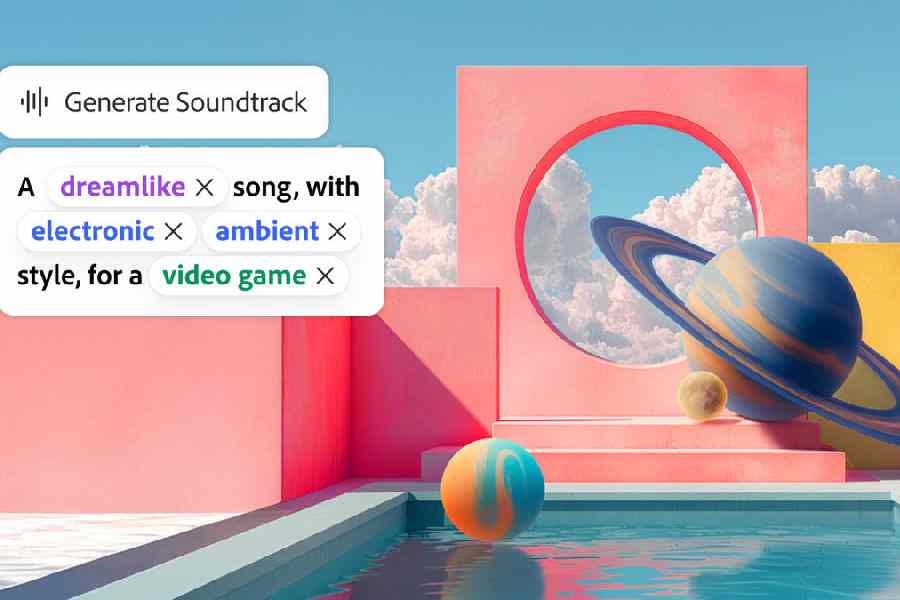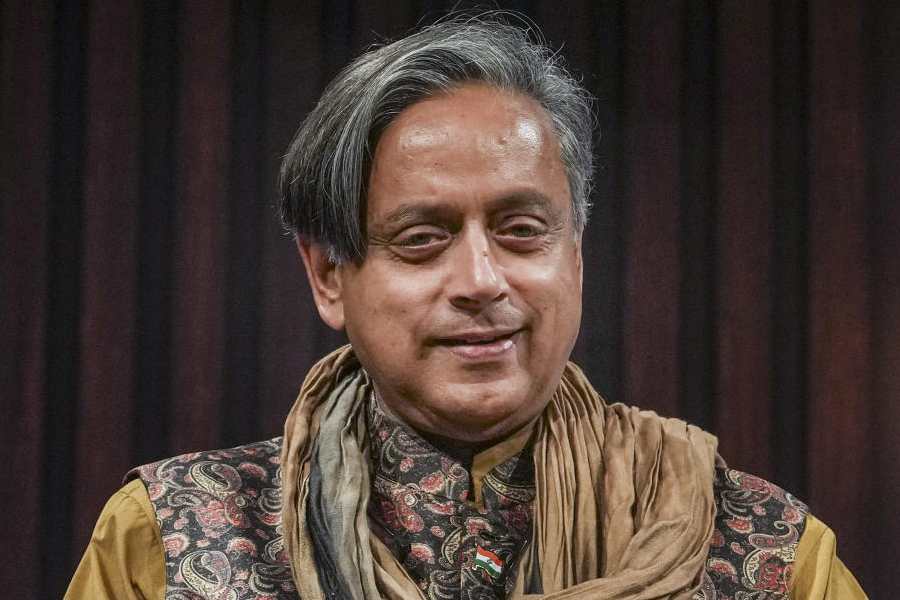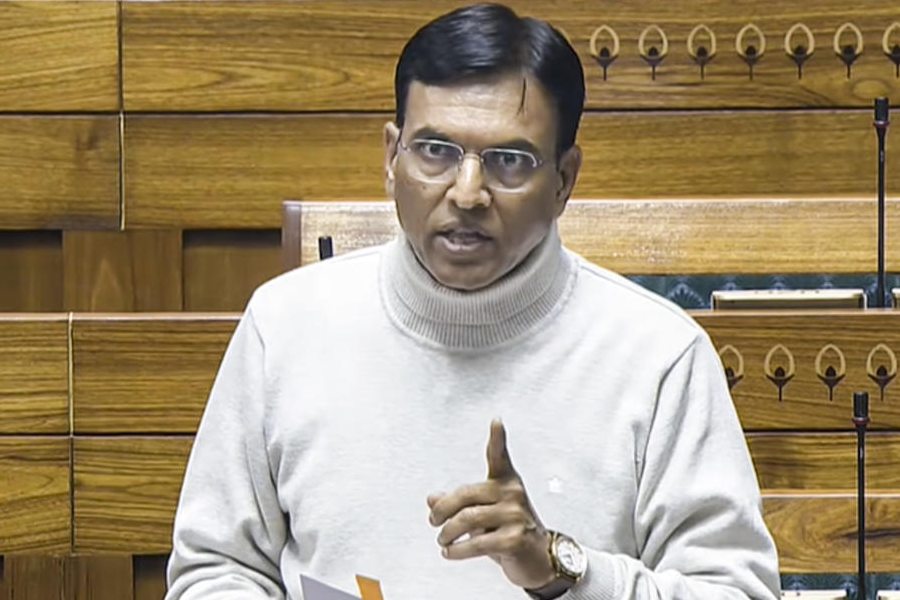Adobe is leaning further towards artificial intelligence, building out new tools for creators. At Adobe MAX 2025, the company’s annual conference in Los Angeles, several announcements were made, including some intriguing new features for Adobe Firefly.
Firefly has received a boost in its ability to generate narration, music, images and video clips using AI. The software’s Prompt to Edit functionality allows users to describe how they want to edit an image using AI, while Firefly Boards can convert 2D images into 3D.
There are three new AI creation tools currently in beta mode. You can Generate Soundtrack, an AI music generator powered by Adobe’s commercially safe Firefly Audio Model. It analyses an uploaded video and generates a selection of instrumental audio clips that synchronise with the footage. Users can choose the music style — hip-hop, classical, EDM or another genre.
The public beta feature delivers multiple original track variations “in seconds that are synced and timed precisely with creators’ video footage”. Also in public beta is Generate Speech, a text-to-speech tool for creating “crystal-clear voice-overs”. It offers a choice of voices from Firefly Speech Model and ElevenLabs. Customers can generate lifelike voices in multiple languages and fine-tune “emotion, pacing and emphasis” for natural, expressive delivery.
Firefly Video Editor is in private beta mode. The web-based multitrack timeline editor enables users to generate, organise, trim, and sequence clips, with tools to add voice-overs, soundtracks and titles.
Adobe’s Firefly models include Firefly Image Model 5 (public beta), which can generate images in native 4MP resolution without upscaling. The new model will power Layered Image Editing (in development) for precise, context-aware compositing that keeps every change perfectly coherent.
The company is also integrating new models from across the industry into Firefly as they are released. Adobe Firefly has added partner models such as ElevenLabs Multilingual v2, which excels at generating voice-overs, and Topaz Bloom for image upscaling. These join others from across the industry, including Black Forest Labs Flux 1.1, Google’s Veo 3.1, Imagen 4 and Gemini 2.5 Flash Image (Nano Bana), Ideogram 3.0, Luma AI’s Ray3, Moonvalley’s Marey, OpenAI’s GPT Image, Pika, Runway’s Gen-4 and Aleph, among others.
Adobe said the AI tools are “not a replacement for human creativity” and believes generative AI can be developed responsibly, starting with respect for creators’ rights.
“We believe every creator should be able to harness the economic and artistic opportunities flowing from generative AI, conversational AI and the exploding global demand for creative content,” said David Wadhwani, president, digital media, Adobe. “Our AI at Adobe is made to create and built for the creators who paint the world with their imagination.”










